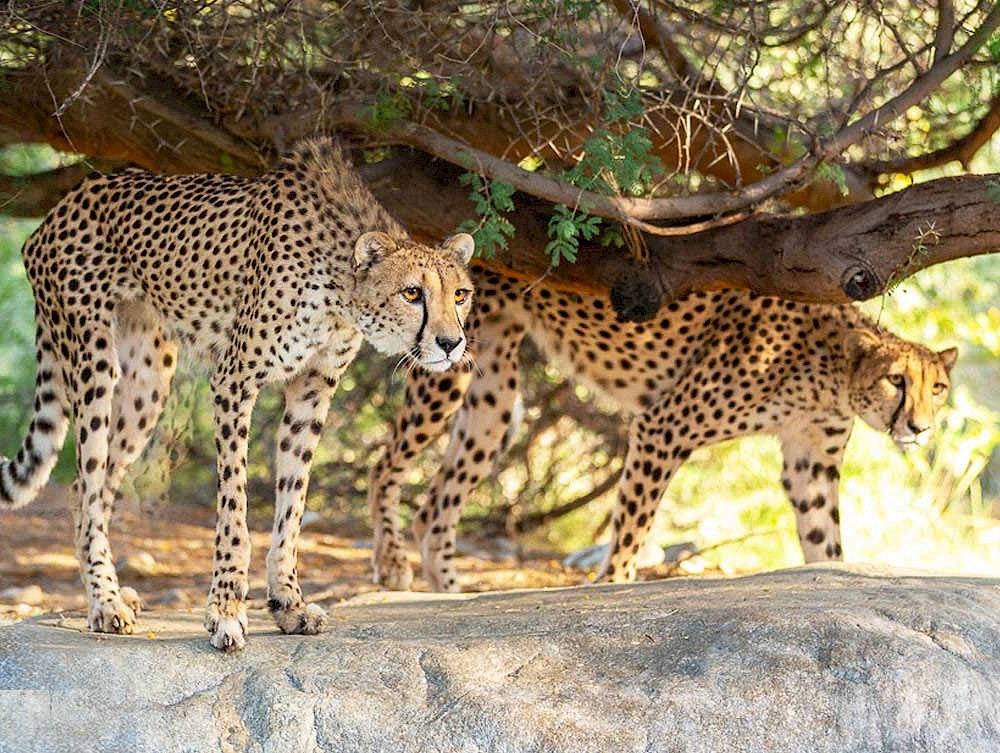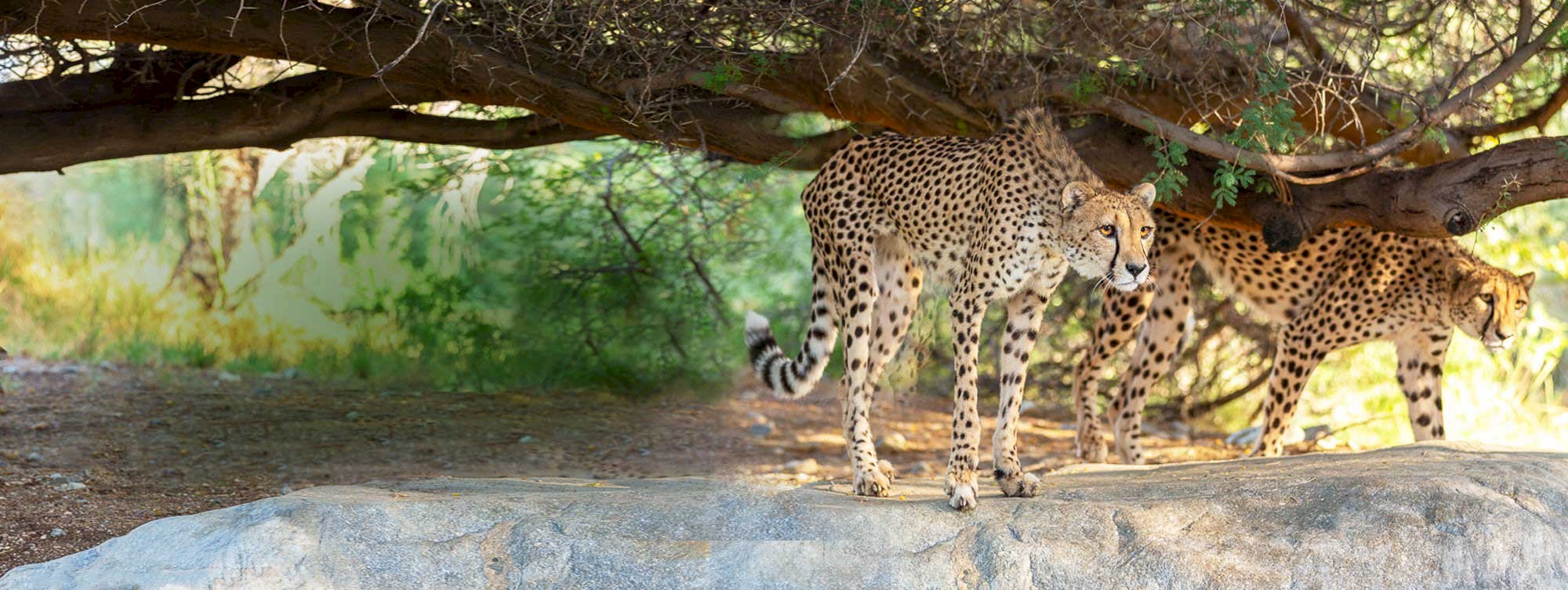A Dry and Dusty Place, Brimming with Kindness
November 1, 2019
Greetings and Dumela (hello!) from Beautiful Botswana.
I’ve traveled around the world, from West to East, and North to South, comprising almost 40 hours of transit time. I’m here in Botswana to be able to offer the first of two weeklong workshops here in southern Africa. Next week, I will be traveling again to Zimbabwe to offer the second one near Victoria Falls.
The workshops that I have created and have been offering over the last two years are designed to enable conservation biologists to have the skills to conduct social science surveys. Most people go into conservation because they love nature, not because they are particularly excited to work with people. These workshops are for those insightful and forward-thinking conservation biologists who recognize that people are a key part of nature, and thus must be a central part of any conservation projects.
Knowing what would be the best way to involve people as central actors in solving conservation projects requires that we ask local people their perspectives on conservation. To do that, biologists need to learn how to design, conduct, analyze, and interpret surveys. That is why I am here and why I’ve created these workshops.
The first stop in my three-week tour of southern Africa is here in the north of Botswana, in a city called Maun. We are lucky enough to have worked with Rebecca, Leanne, and Jane of Cheetah Conservation Botswana to help coordinate the workshop here. Botswana has loomed large in my mind ever since I started thinking about conservation work in Africa. The book Cry of the Kalahari, by Mark and Delia Owens detailed their many years of biological research in the Botswana desert. The Central Kalahari Game Reserve is only a few hours away from where I am now, and is the setting of the book that helped ignite my love of African wildlife. Maun was the town that they traveled to regularly for provisions. And now, I am here.
Maun is the southern end of the Okavango Delta – a unique freshwater delta system fed by rains from the northwest that drain into the desert sands, disappear well before it could reach the ocean. It’s a land of extreme contrasts – floods with water flowing in from elsewhere some of the year, and drought the rest. Where I ran this morning was covered in the finest beach sand, with no water around for many kilometers. Dry doesn’t do the landscape justice. Parched land, dehydrated trees, with nature gasping for water is more apt.
We have just started Day 3 of the workshop and the 45 people from 10 conservation organizations are assembling the survey items (questions) that we created yesterday for their projects as I write this. They will finalize their surveys this morning and begin pilot testing them on each other after tea-time (a lovely custom). By lunchtime in 2.5 hours, they should have them fine-tuned and almost ready for implementation.
I feel like the many times, formats, and countries in which I have led these workshops are really helping to fine-tune my own work. I am confident that these workshops really are helping to change and improve conservation.
With these fine people, in their dry lands, with the ample kindness that seems to emanate from the people of Botswana, we will change conservation. People have been perceived to be the problem for conservation, but we are also the answer, and even more importantly, the solution.
Stay tuned as we experience more. I will try to report back to you regularly!
Hope you are well.
Yours in Conservation
Dr. James













